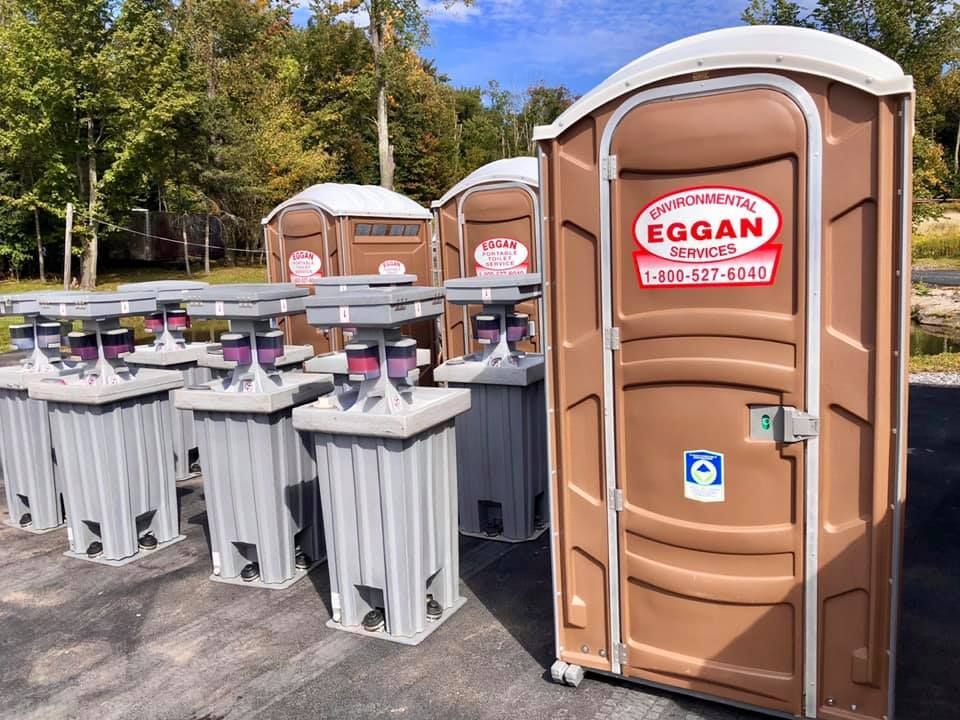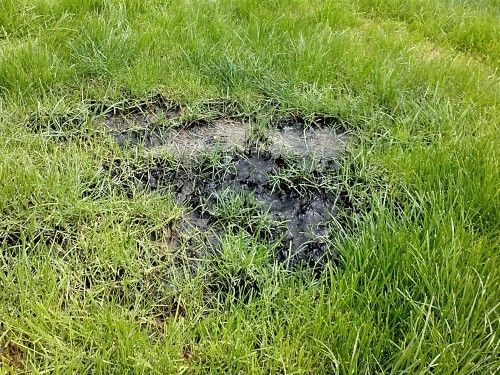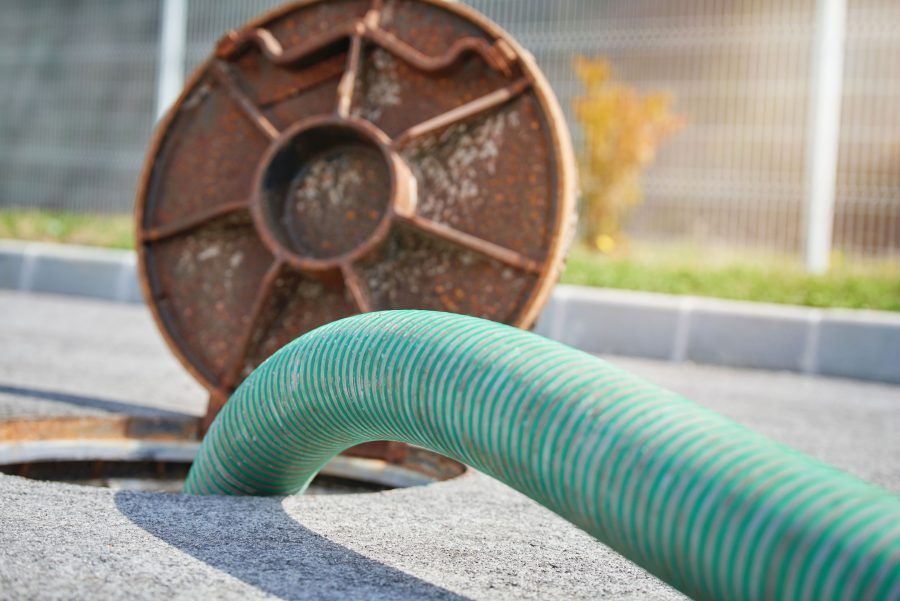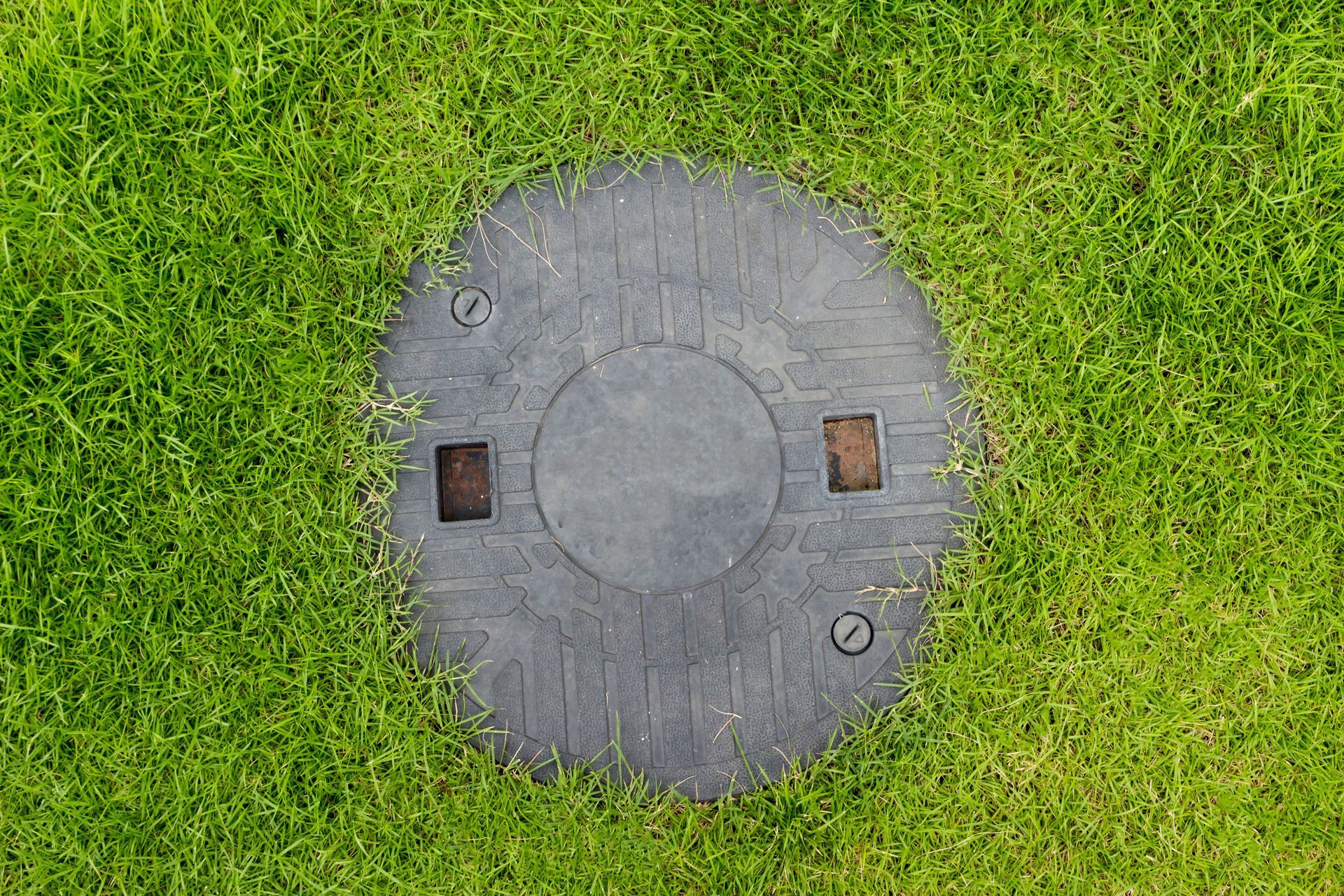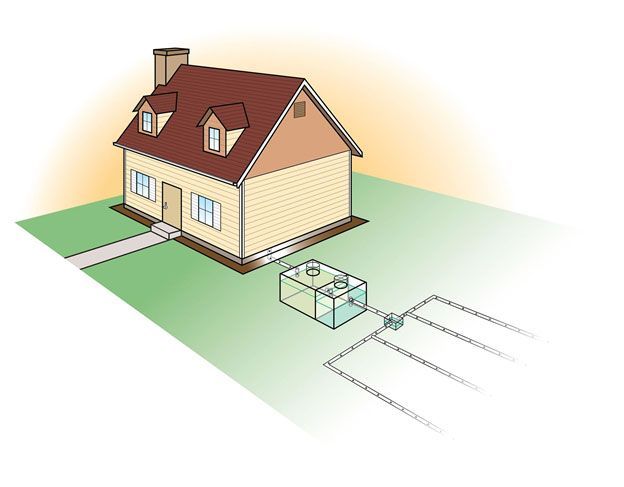Above ground and Underground Fuel Oil Storage Tanks
Above ground and Underground Fuel Oil Storage Tanks
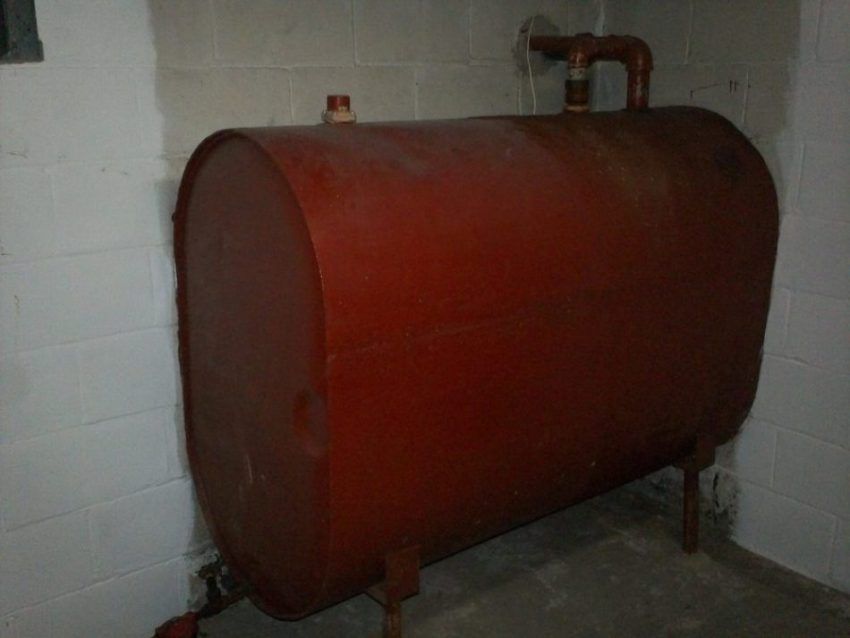
Above ground Storage Tanks (ASTs) and Underground Storage Tanks (USTs) are often used to store specified hazardous substances or petroleum products.
In the event of a spill or release from the tank, we will conduct an environmental spill clean-up to minimize damage to the environment. Individual states handle underground and above-ground storage tank regulations. In New York, the NY State Department of Environmental Conservation (NYS DEC) must be notified of any spill or release. The NYS DEC Spill Hotline is 800.457.7362.
Always consult your local Codes Department before installing any tank to ensure compliance with local codes. If the capacity of all tanks on one property total more than 1100 gallons, the tanks must be registered with the NYS DEC, and the NYS DEC requires 24-hour notice before any of the tanks is taken out of service or removed.
Visual Inspection of ASTs
Above ground tanks should be inspected on a bi-annual schedule to ensure the tank is not compromised. During inspections, primary items to check include any damages to the tank, condition of the secondary containment, and all transfer piping conditions. One should also check for drips or overspills and if the nearby vegetation shows any evidence of soil contamination. Should any problems be detected, measures should be taken to contain any leak, to initiate the environmental cleanup, and to replace the tank.
More about USTs
The requirements for installing and maintaining underground storage tanks are extensive, restrictive, and costly. Some of the requirements include corrosion protection for all fuel transfer lines, release detection alarms, training for owners and operators, and the development of an emergency response plan. The requirements for removing USTs include tracking the disposal of contaminated soil, decontamination, and disposal of the tank, developing closure documents, and proper removal of soil and fill material.
Factors to Consider When Installing ASTs and USTs
When deciding whether to use ASTs or USTs, you may consider the costs involved, the risks of contamination and leaks, fire and explosion, security threat from vandals or damage from the elements, and mobility concerns. Other factors include space limitations, aesthetic needs, and shelf life.
Leaks in AST or USTs can lead to devastating consequences. If you have any questions about fuel tank maintenance, please visit the FAQ page on our website.
If you currently have an AST or UST that you would like removed, please contact our office for more detail about the removal process. It is extremely helpful if you can provide the following information:
- Size of the tank?
- What is the tank made of?
- Is the tank inside or outside?
- Is the tank above ground or underground?
- What type of product is stored in the tank?
- How much product is currently in the tank?
- Are there any obstacles to reaching the tank with our trucks and equipment?
- Is the tank currently in use? If so, have other arrangements been made for an alternate heat source?
We looked forward to speaking with you to gather the information needed to provide a price quote for the tank removal!


